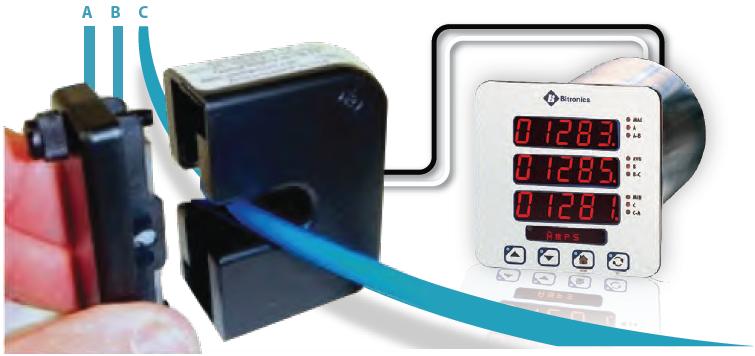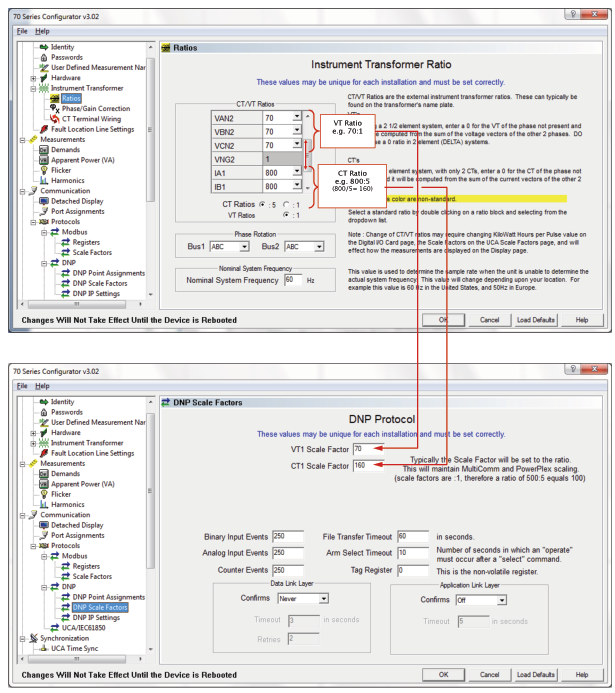
50 Series Split-Core CT Option
PUBLISHED ON Dec 19, 2011
Utility-Grade Engineering Outperforms Competitive Solutions

Clamp-on CTs present a faster, easier way to install power measurement IEDs, but often come with unacceptable compromises to consistent and accurate measurements. Engineers at the Bitronics Power Measurement Group have elegantly addressed this issue with the new external split-core CT option, available for all 50 Series SCADA Meters. The split-core CTs improve on competing designs in three major aspects:
High-Permeability Nickel Core
Bitronics has chosen a high quality, made in the USA CT. The CTs have heat-treated high-permeability (“superm”) nickel core material that produces superior low-end response, phase angle response, and repeatability characteristics compared to ferrite core material used by some competitors. Nickel core material is not brittle, a major limitation of ferrite material. Even the tension exerted on a ferrite core CT by its secondary windings is often sufficient to chip or fracture the core, affecting its magnetic characteristics. Rough handling can easily fracture ferrite core CTs.
Spring Tensioned 2-Bolt Gate
The spring-tensioned 2-bolt gate in the core is more durable than the hinge-and-snap type gates used by some competitors. The 2-bolt gate construction also produces less variation in the magnetic characteristics as a result of repeated opening and closing of the gate. The mating surfaces where the gate closes the core are lapped for a near-perfect mating surface in order to minimize the impact on the magnetic characteristics caused by the necessity of having a break in the core.
Individually Calibrated
The characteristics of excellent response and repeatability of the nickel core material make it possible to further linearize the output in the calibration of the 50 Series meter. The 50 Series meter is calibrated to linearize the response of the transformer, resulting in a significant improvement relative to the accuracy claimed by the CT manufacturer. As a result, the accuracy is equal to that of the standard 50 Series meter (which would operate directly in the primary CT circuit). That’s the 0.2S class, defined by the IEC standard that governs revenue meter accuracy (IEC 62053-22 & 23, and generally described as 0.2% of reading).

